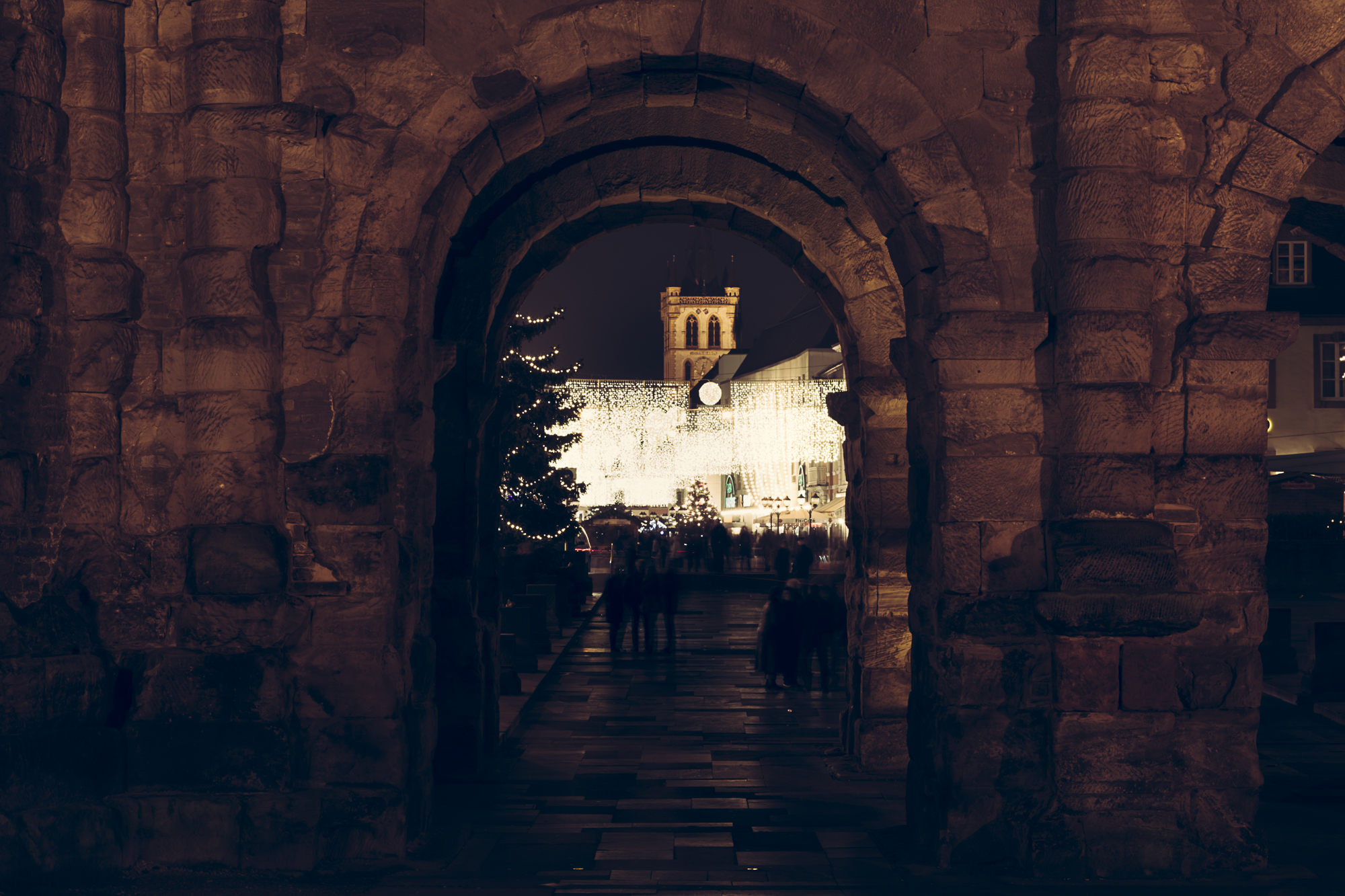
Salve Trier – Sights in Rome of the North
The lack of patience coupled with a rich imagination was attested to by my Latin teacher as my greatest weakness. For me, this weakness was fine. With my translation technique loosely based on the principle of “fantasy”, I cheated my way into the Little Latinum. I was less interested in the language itself and more interested in the culture and stories of the Romans. This fascination has continued to this day and lured me to Trier for the second time last weekend. On my first visit, I was sweating. It was a scorching hot June day. Apart from the Porta Nigra and the pleasantly cool interior of the cathedral, nothing stuck in my memory. At that time, we focused solely on the mission of finding an outdoor swimming pool. The open-air swimming pool north, which was packed to the brim that day, within sight of the lazily flowing Moselle, is thus my third scrap of memory of Trier. This time, cooling down was the least of our worries. Trier received us gray in gray and stubbornly kept the tenue on. But what the heck, at least the Roman buildings received my full attention.
Augusta Treverorum – Start at the city gate Porta Nigra – The sights in Trier
Trier was founded around 17 BC as Augusta Treverorum by Emperor Augustus and describes itself as the oldest city in Germany in view of its long history. Whether this is really true has not been conclusively clarified. Neuss, Kempten, Worms and Augsburg are also under discussion. However, the city owes its UNESCO title to the wealth of ancient monuments. Nine Roman monuments (Porta Nigra, Constantine Basilica, Imperial Baths, Amphitheatre, Cathedral, Church of Our Lady, Roman Bridge, Barbara Baths, Igeler Column) have been UNESCO World Heritage Sites since 1986 and are the main tourist attraction of Trier.
We start our tour through Roman Trier in the classic way at the eastern city gate, the Porta Nigra. Inside, traces from various centuries are visible. The trained eye will recognize stonemason’s marks from the Roman period and remains of the medieval church built into the city gate. From the top floor of the Porta Nigra there is also the most beautiful view over the sea of houses of Trier. If only you could press a time jump button up here to let your gaze wander over Augusta Treverorum for a moment.
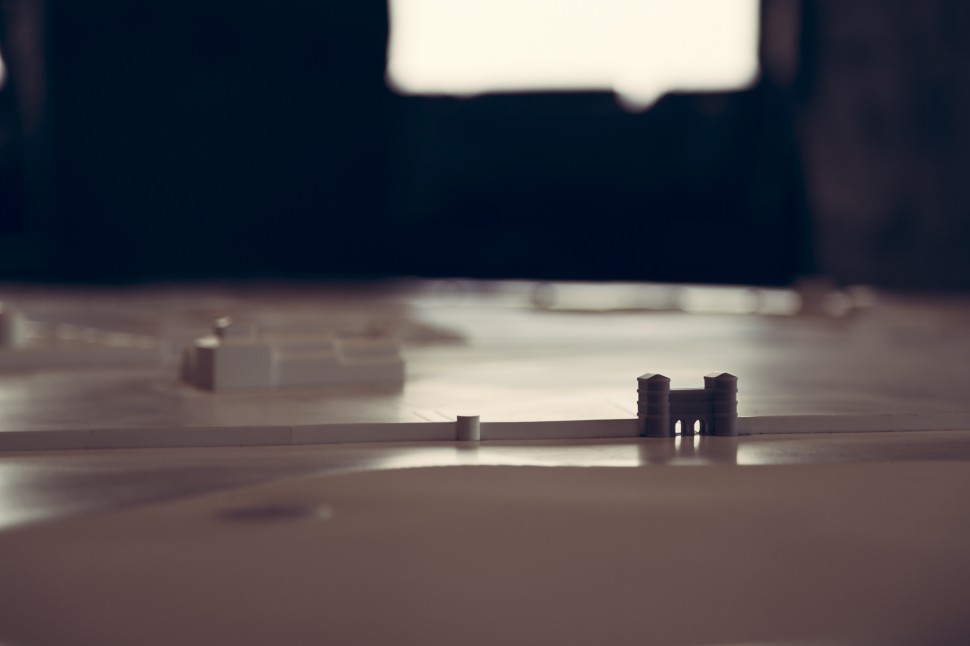
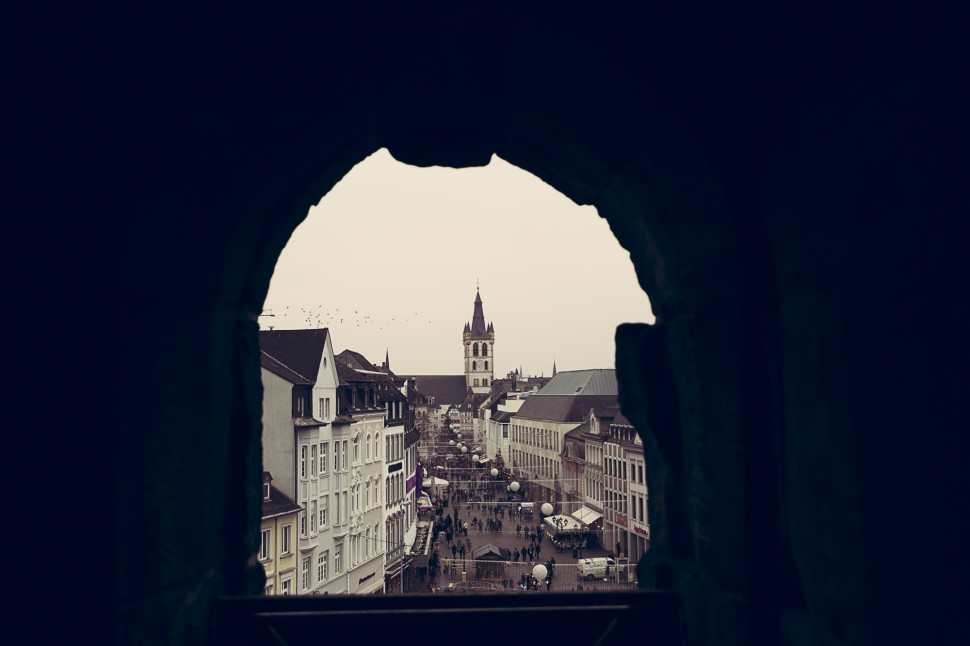
Just a short walk away is the ensemble of the cathedral and the Church of Our Lady. The cathedral is the oldest episcopal church in Germany. Today’s cathedral still contains the Roman core building. The rest of the building is a patchwork of different building eras. An architectural highlight is the cloister, which is located between the two churches.

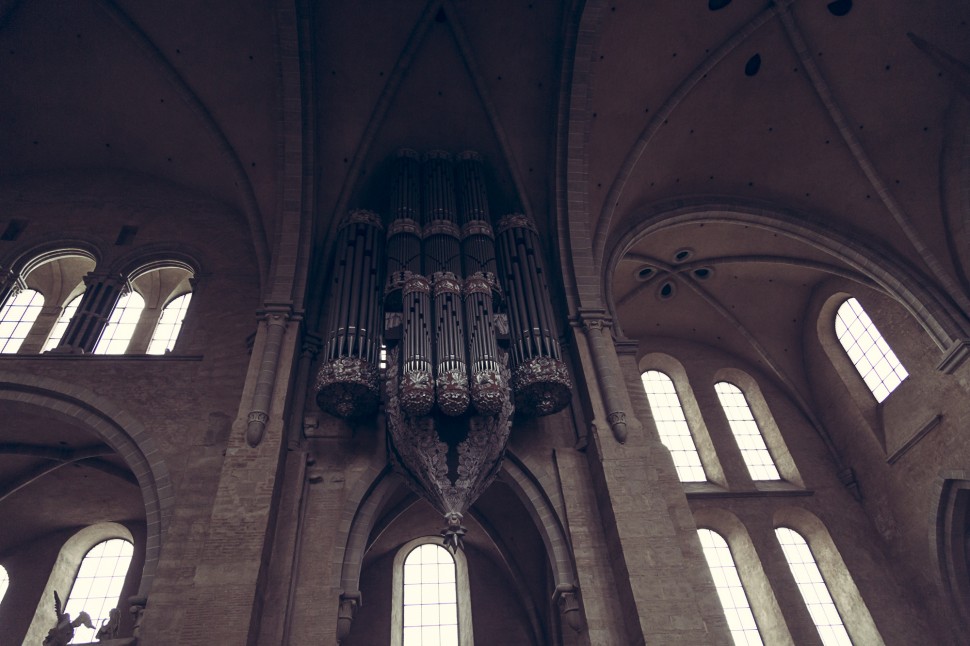
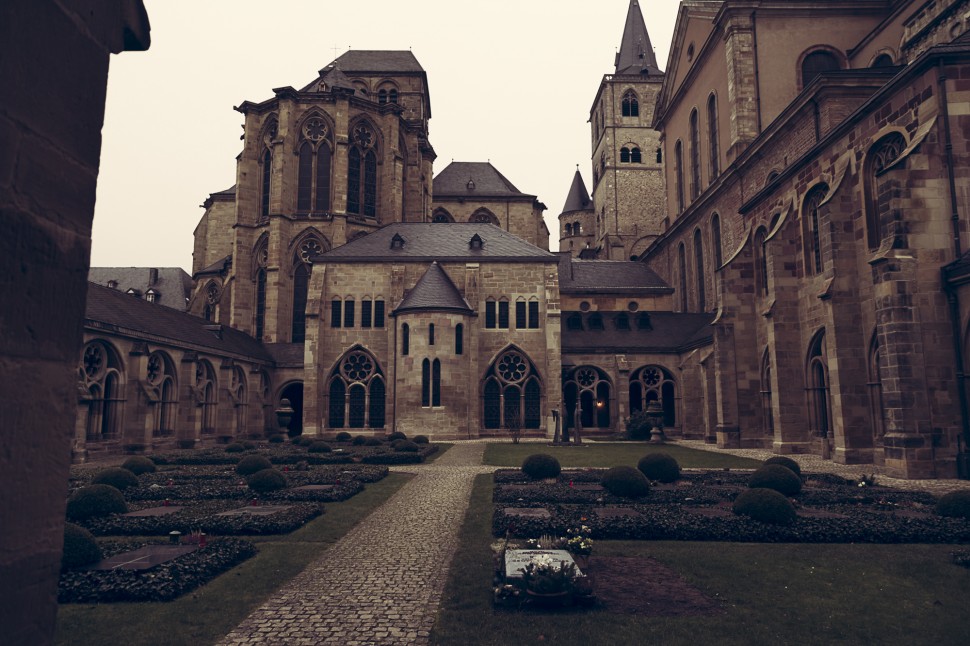
Passing the Basilica of Constantine and the Electoral Palace, which is bright pink even in the greyest winter weather, we reach the Imperial Baths. It is unclear whether the youngest of Trier’s three Roman baths was ever used for its actual purpose. It is clear that the building impresses with its size.
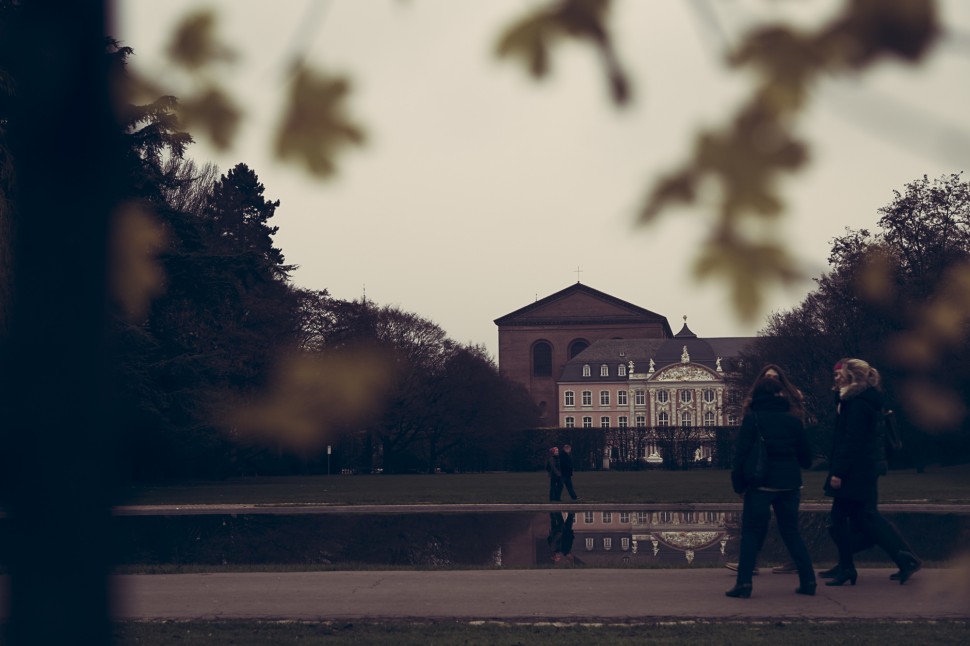
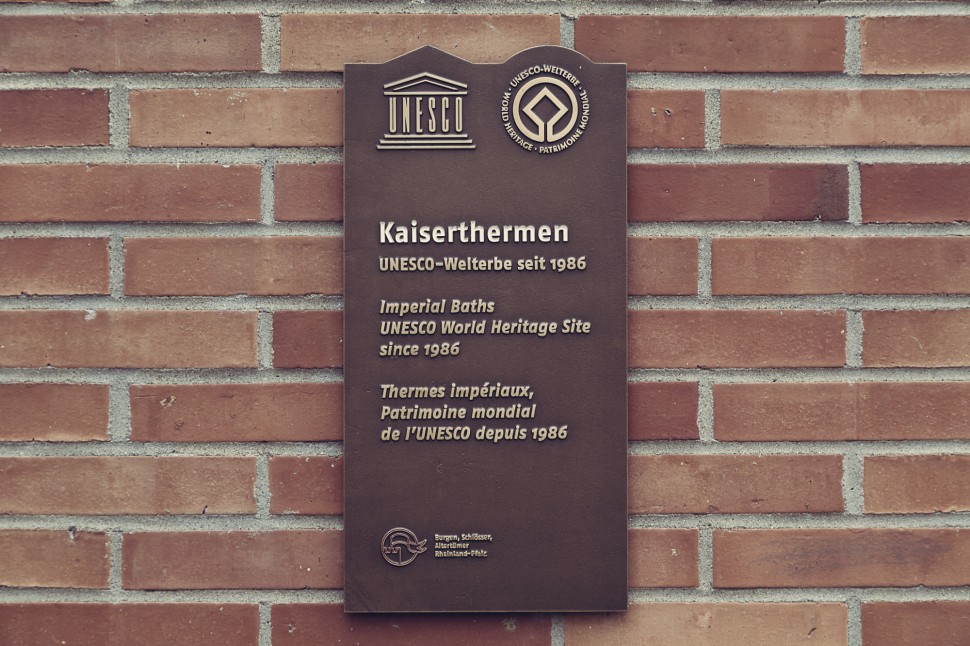
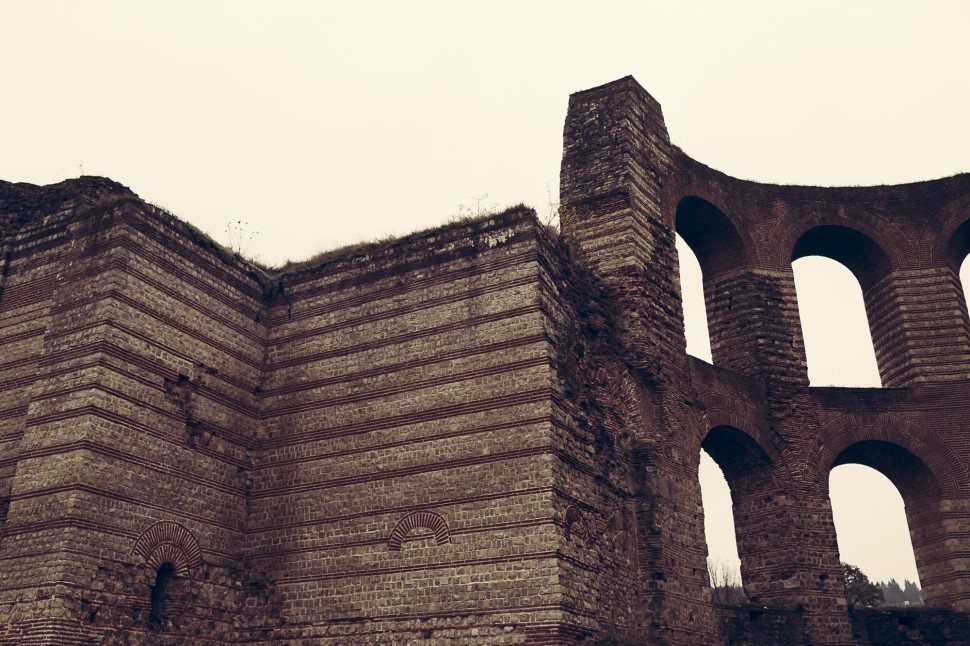
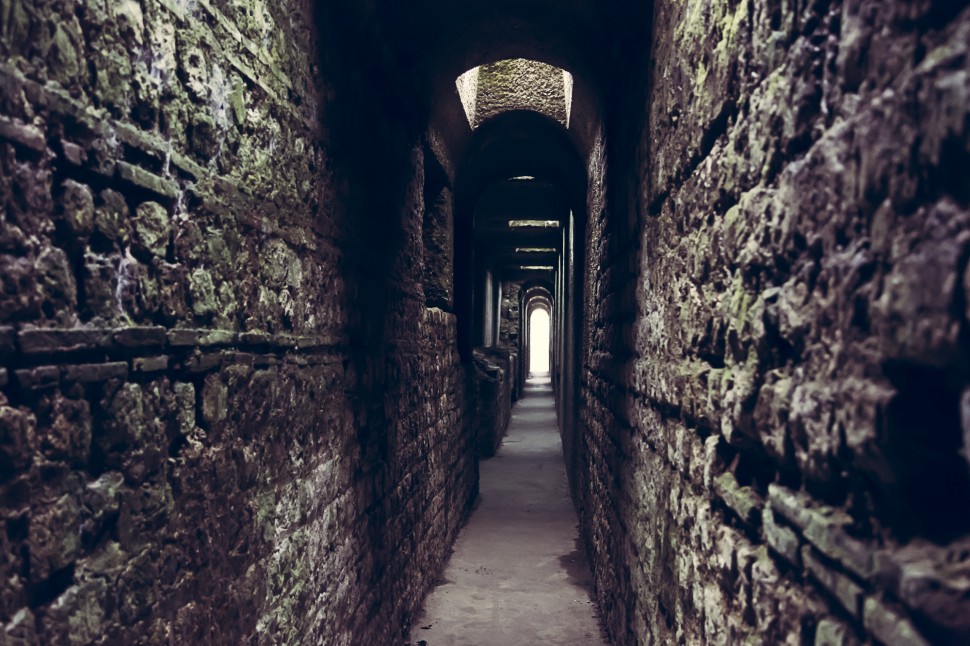
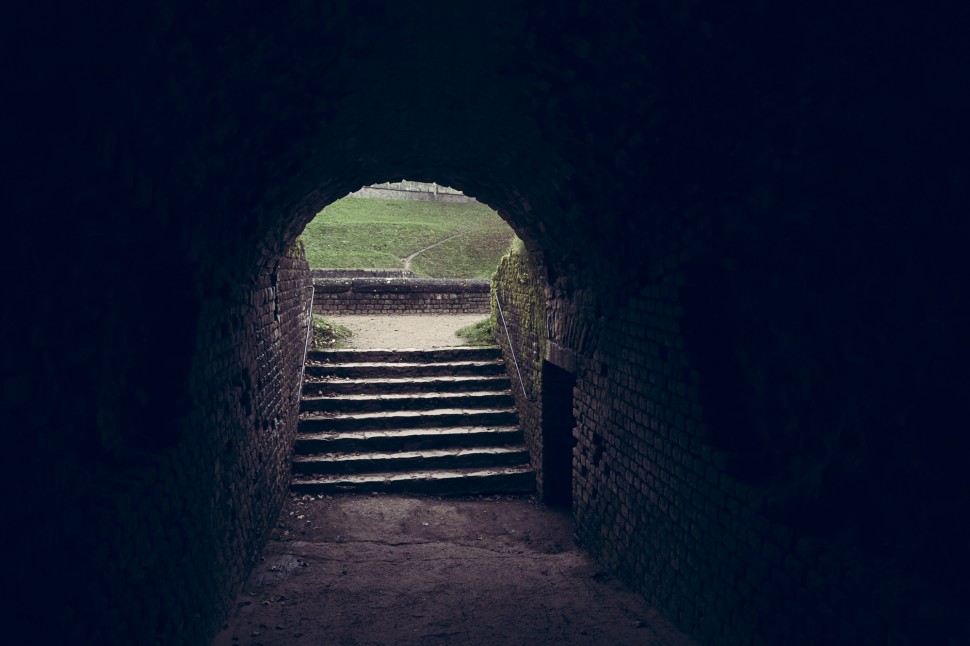
The amphitheatre is also impressively large with a capacity of 20,000 people. It’s amazing!
For fans of antiquity, such as myself, it is worth buying the AntikenCard. It costs 9 euros and includes admission to two Roman buildings in Trier and the Rhenish State Museum.
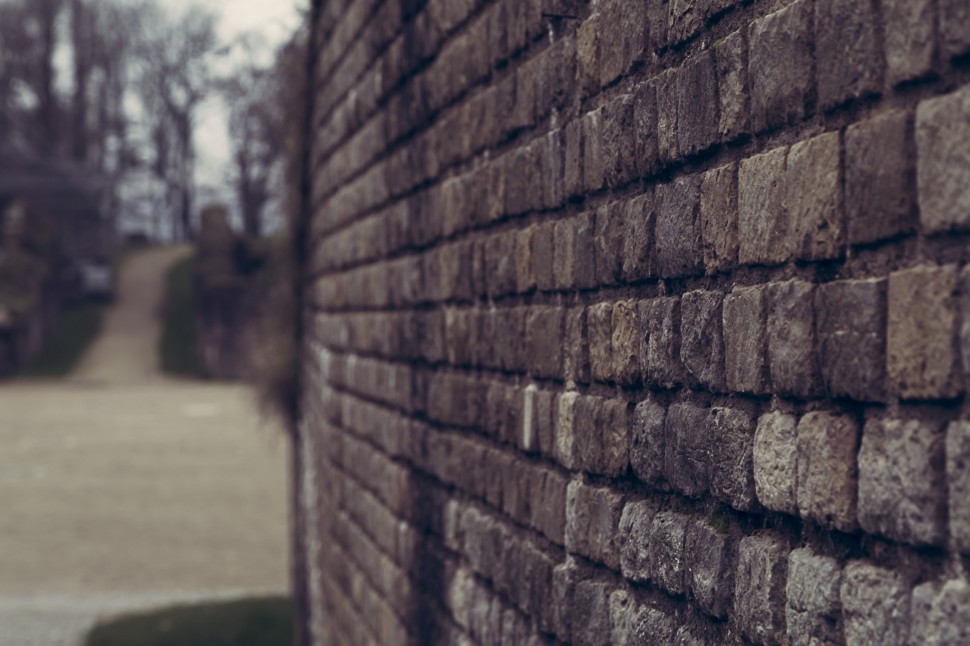
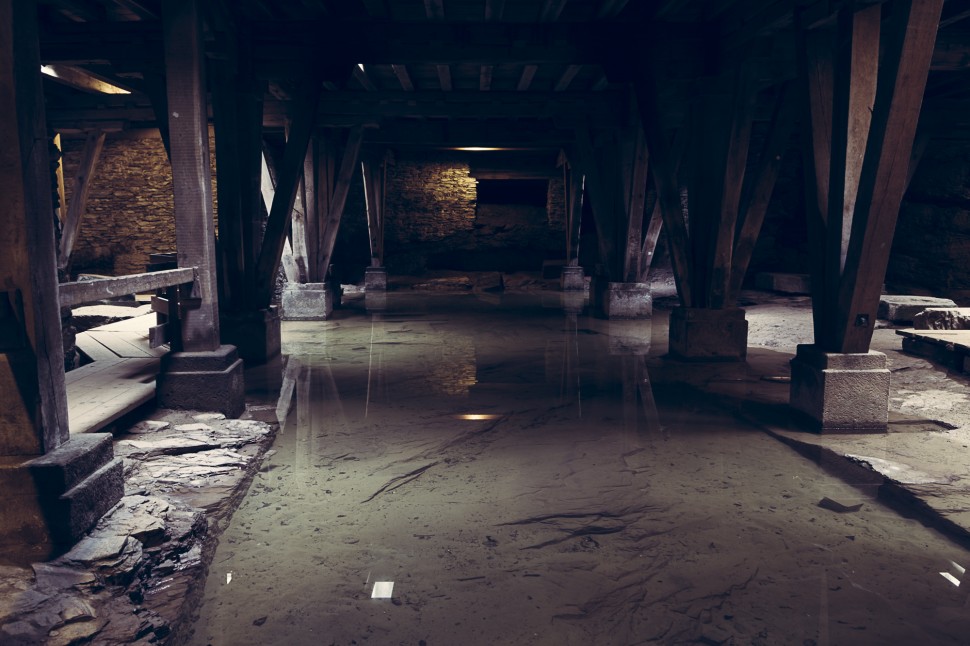
And Trier today
Today, the Roman buildings are integrated into the cityscape as a matter of course. There is a beautiful view over the skyline dominated by the cathedral from the Petrisberg. The walk to the top of the hill takes just under half an hour from the city centre.
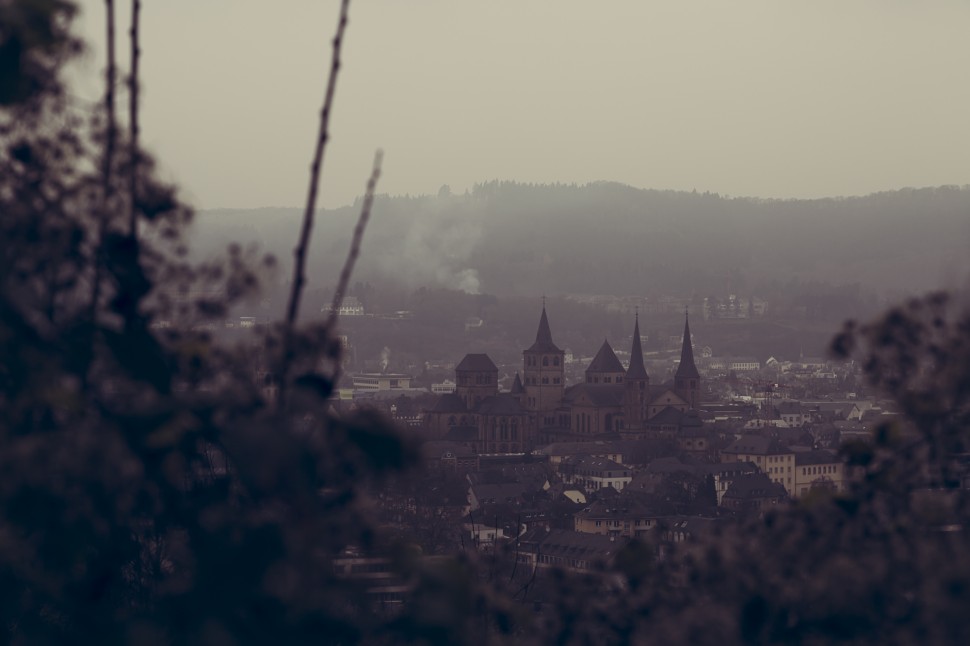
But there is also a lot to discover in Trier away from the Roman visitor magnets. I was surprised, for example, by the Rhenish State Museum. What sounds a bit dusty comes across as very modern. The exhibition takes you through 200,000 years of history and cultural development of the entire region. The visitor is not almost overwhelmed by an abundance of exhibits, but only gets to see the exquisite tip of the iceberg. If you feel hungry during your visit to the museum, it is best to make a detour to Café Zeitsprung, which is located in the museum.
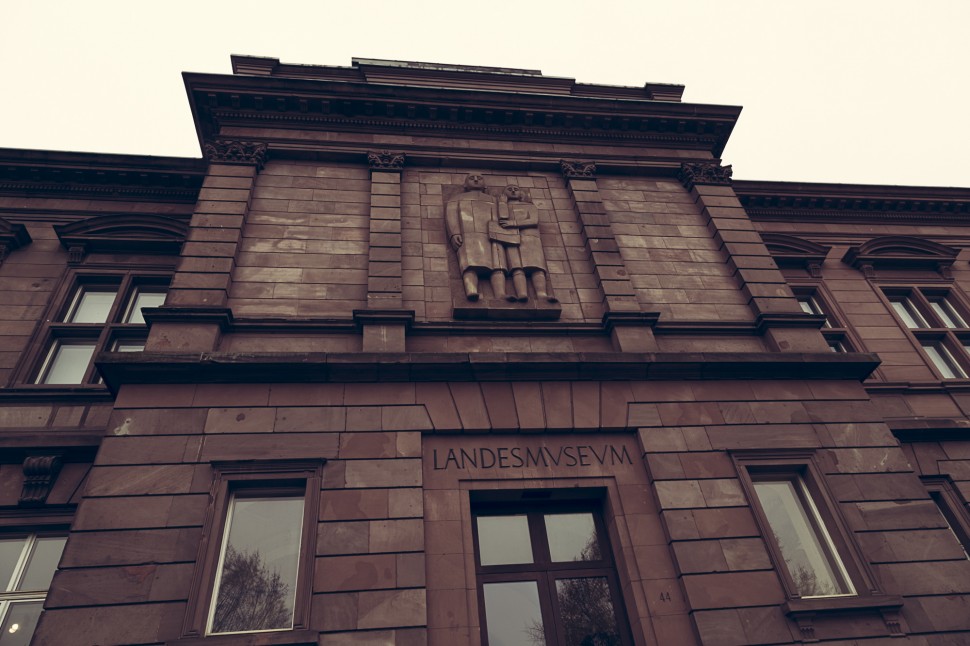
Did you know that Karl Marx is probably the most prominent citizen of Trier? Admittedly, I didn’t know. House number 10 in Brückenstrasse is Marx’s birthplace. Today, the house houses a museum that is a permanent exhibition on the life and work of Karl Marx. By the way, Karl Marx did not grow up in Brückenstrasse, but in Simeongasse 1070 not far from the Porta Nigra, where today there is a Euroshop on the ground floor.
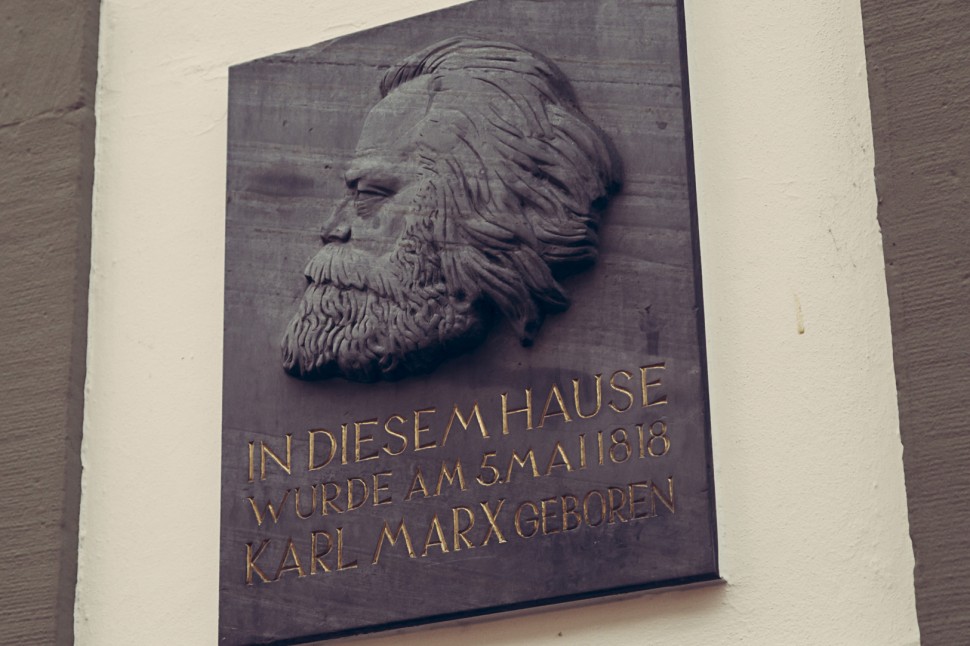
If you like to shop for unusual things, you should head for Neustrasse. Thanks to the local University of Design, Trier benefits from a young, dynamic design scene. Especially during the Christmas season, a treasure trove of unusual souvenirs. For example, I stocked up on funny Christmas cards. Another shopping tip is the store “Lieblingsstücke” with wonderful accessories for living and gifting. Lots of pretty things that you don’t really need, but that make your life more beautiful.
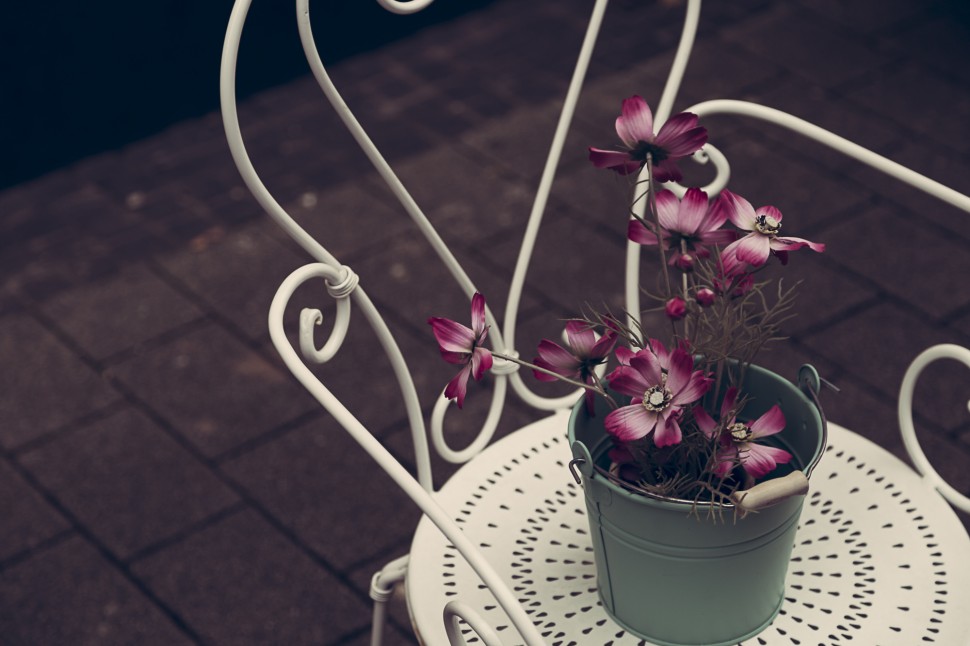
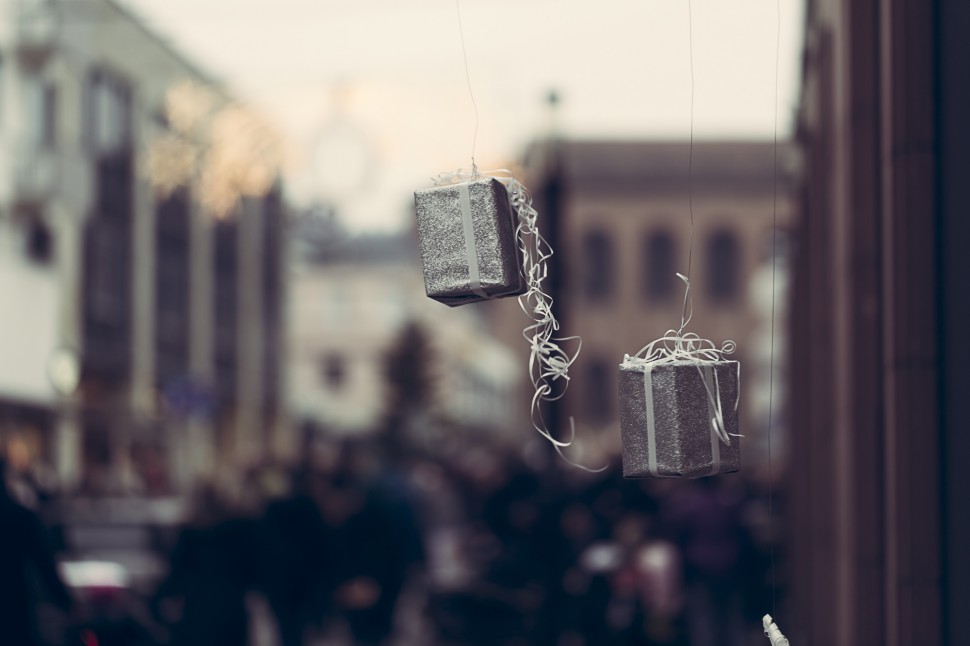
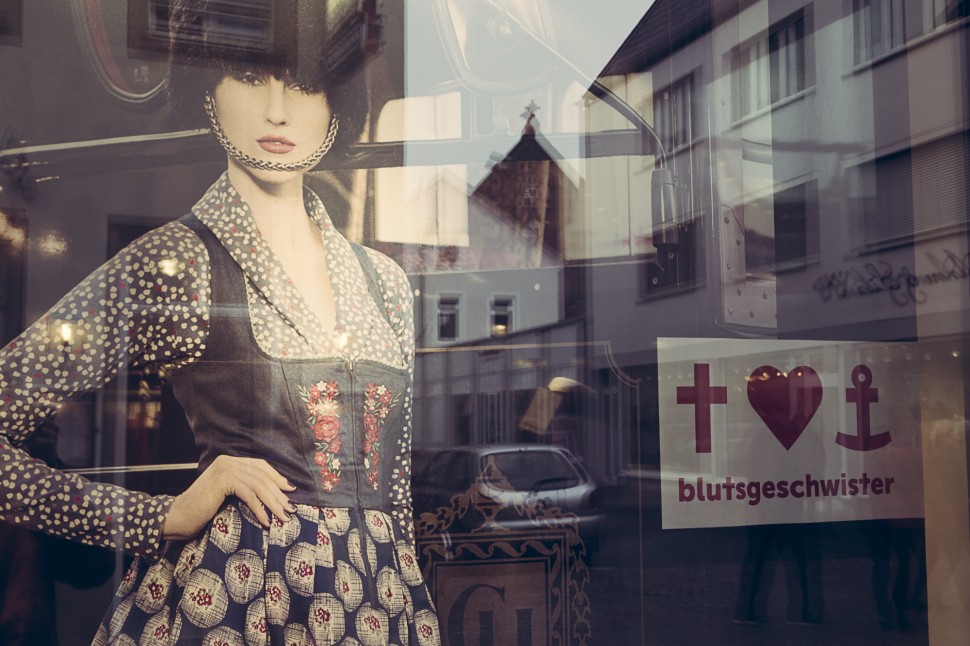
Food and drink – Restaurant in Trier
Marvelling at Roman buildings and strolling from shop to shop makes you hungry. A break in a warm café is just the thing. Delicious cakes and good coffee with a good shot of whiskey or vodka – depending on your taste – are available, for example, at Café Mohr at Fleischstrasse 55.
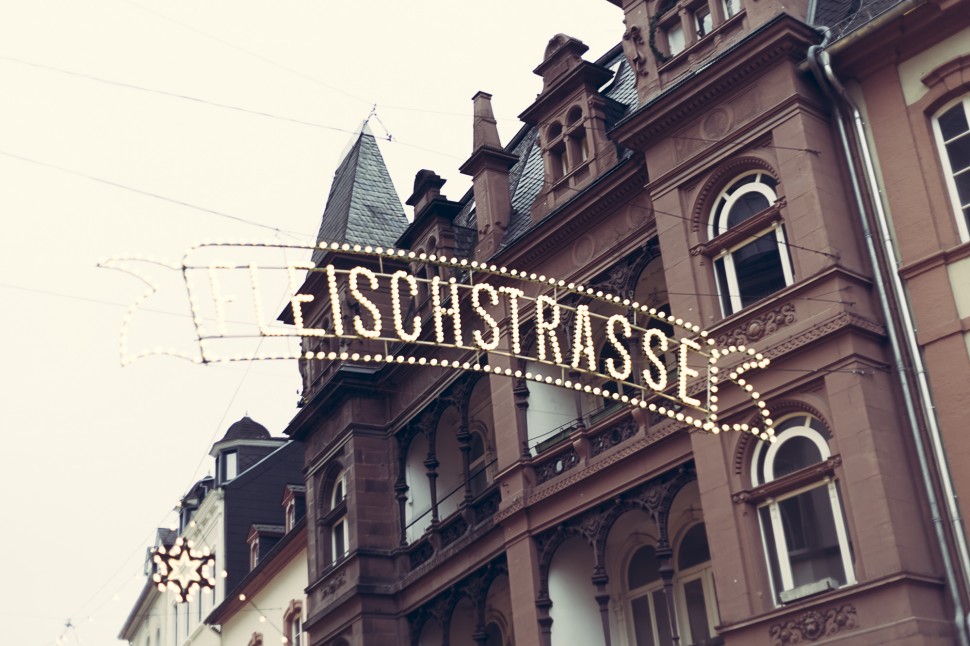
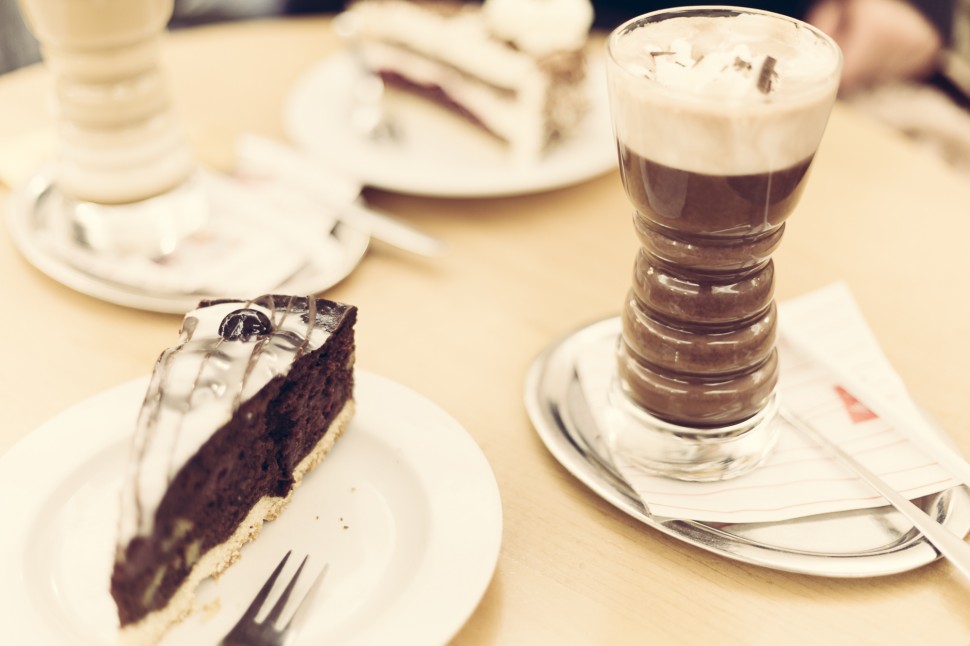
If you visit a city in the middle of Germany’s oldest wine regions, you can’t avoid tasting a sip of local wine. If you, like me, don’t know anything about wines, you’re in good hands at the Weinsinnig wine bar. For 10 euros, you can try your way through five wines of the region according to the motto “Drink your opinion”. After the five wines, at least I know this much. The red wine can’t really convince me despite its funny name “3 red noses”. On the other hand, I like the local “Sebastian”, a finely tart Riesling, and the Riesling Spätlese from Leiwen called “for tender angels”.
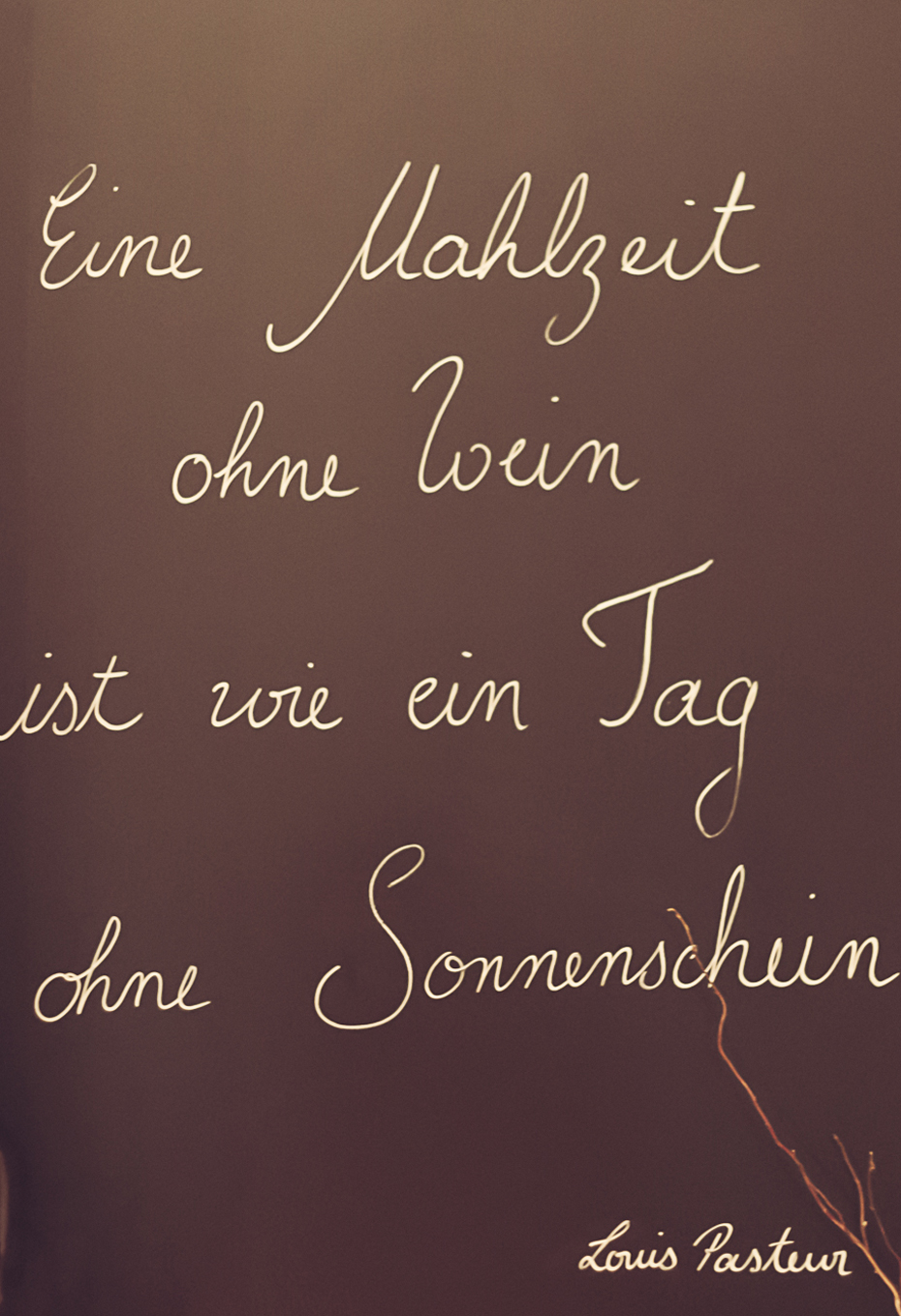
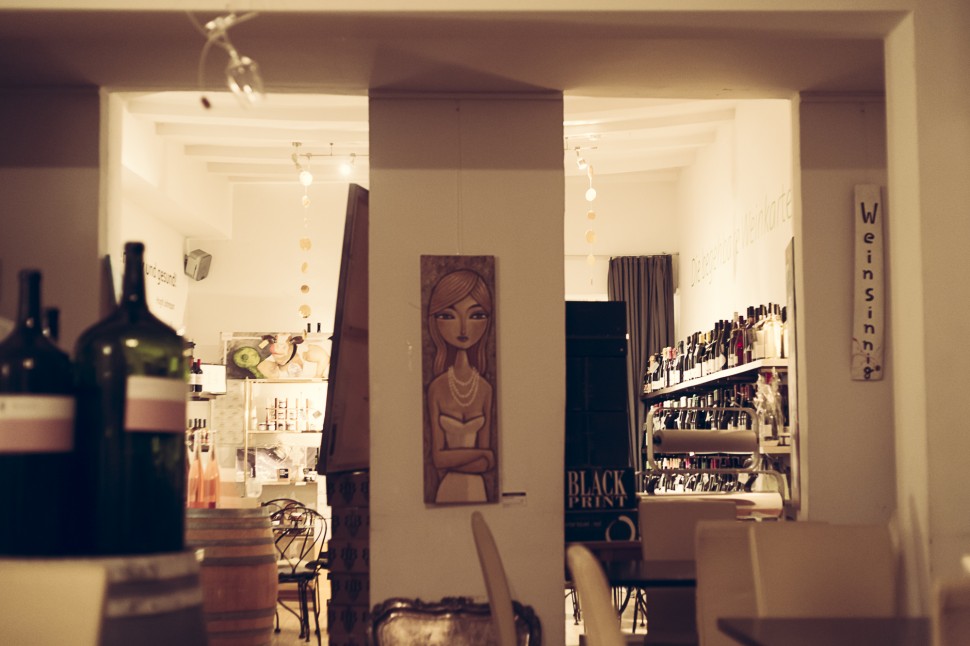
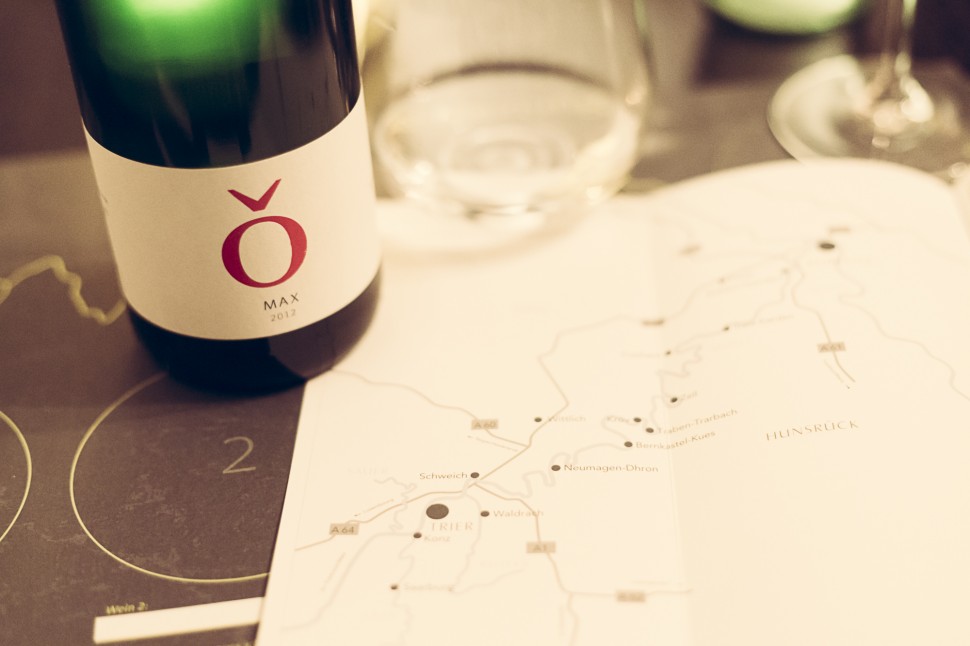
Did you know that deep-fried chicken wings are called Flieten and are a classic Trier dish? If you want to know where you can find the best flights, consult the flight guide. Depending on the quality, one to five rooster heads are awarded to the restaurants.
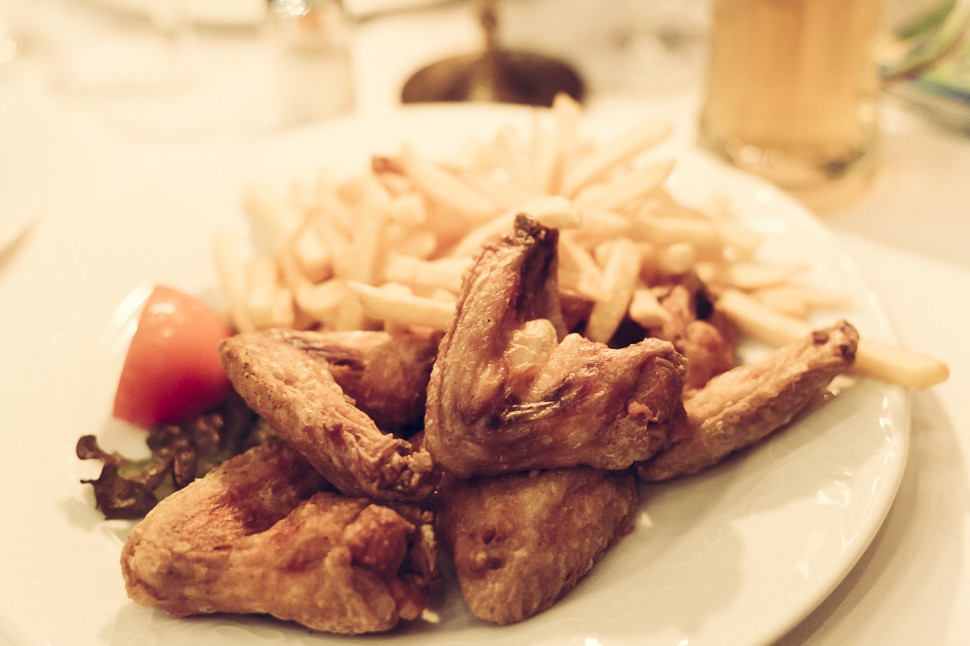
Christmas Magic
During the Christmas season, the main market square and the Domfreihof shine in the sea of lights of the beautifully decorated Christmas stalls. Another entertaining event is the winter cinema in the historic Frankenturm. In the run-up to Christmas, the classic film “die Feuerzangenbowle” with Heinz Rühmann is shown here every Friday and Saturday. In addition, there are biscuits and a cup of Feuerzangenbowle (price incl. 1 drink 10 euros).
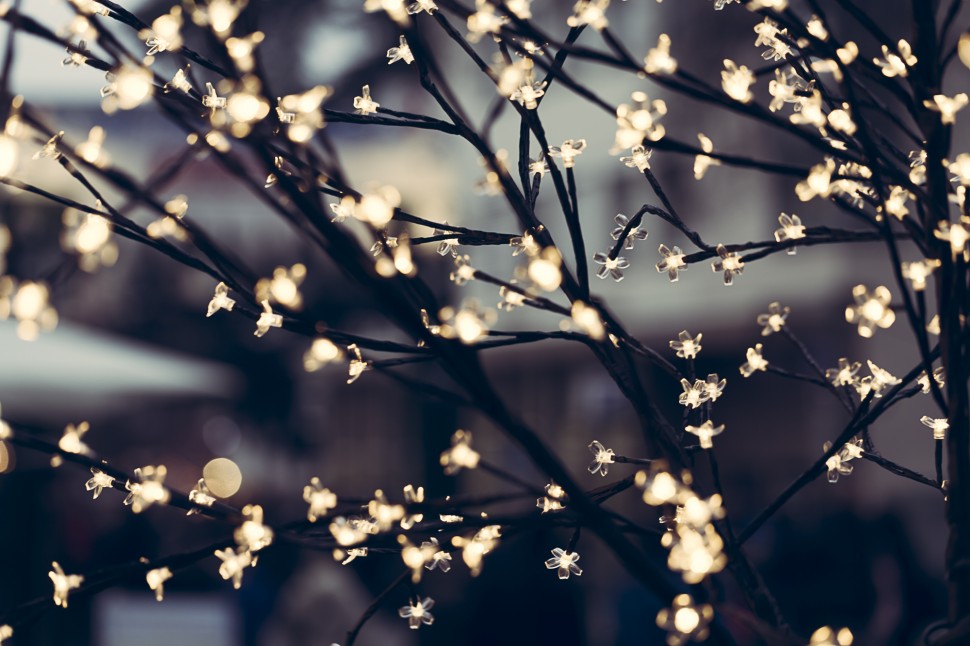
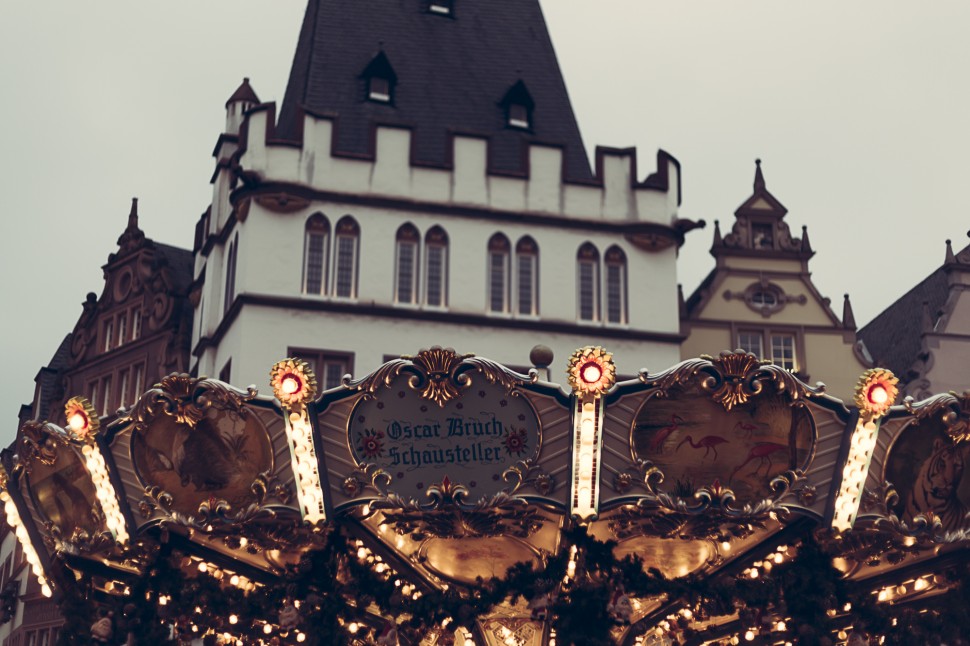
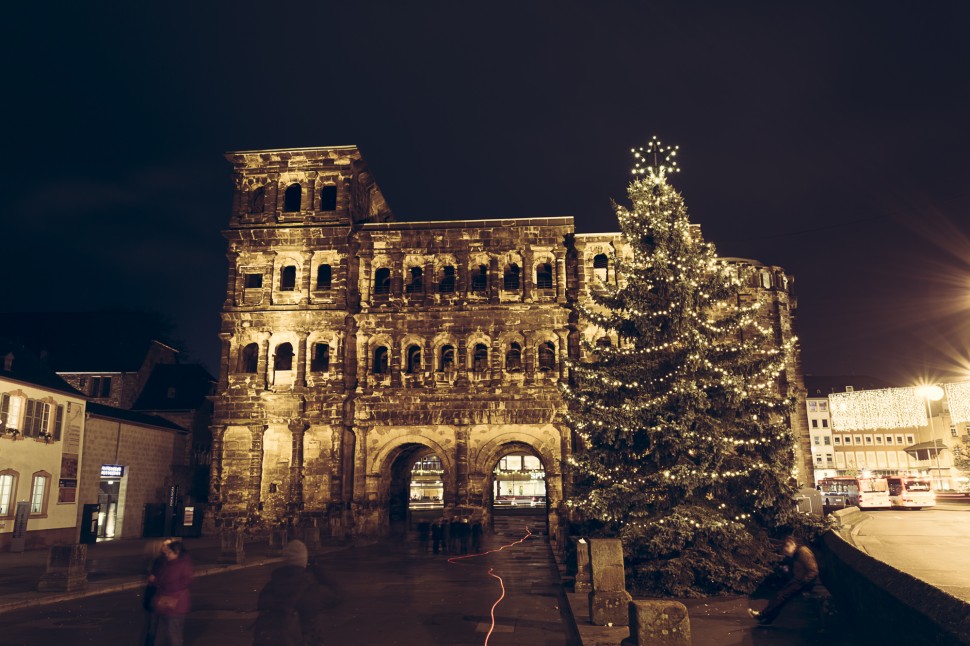
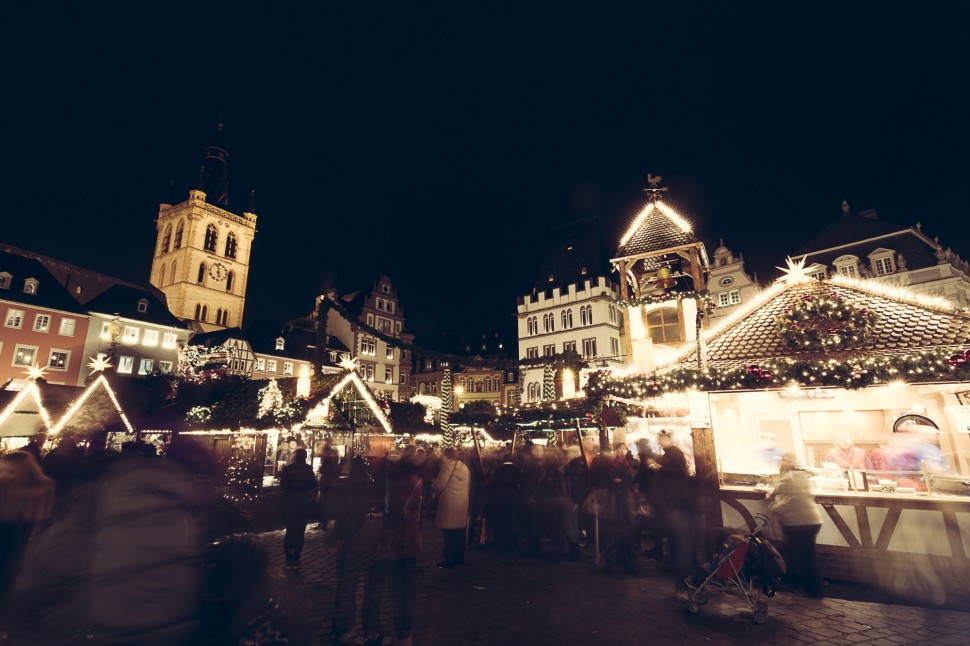
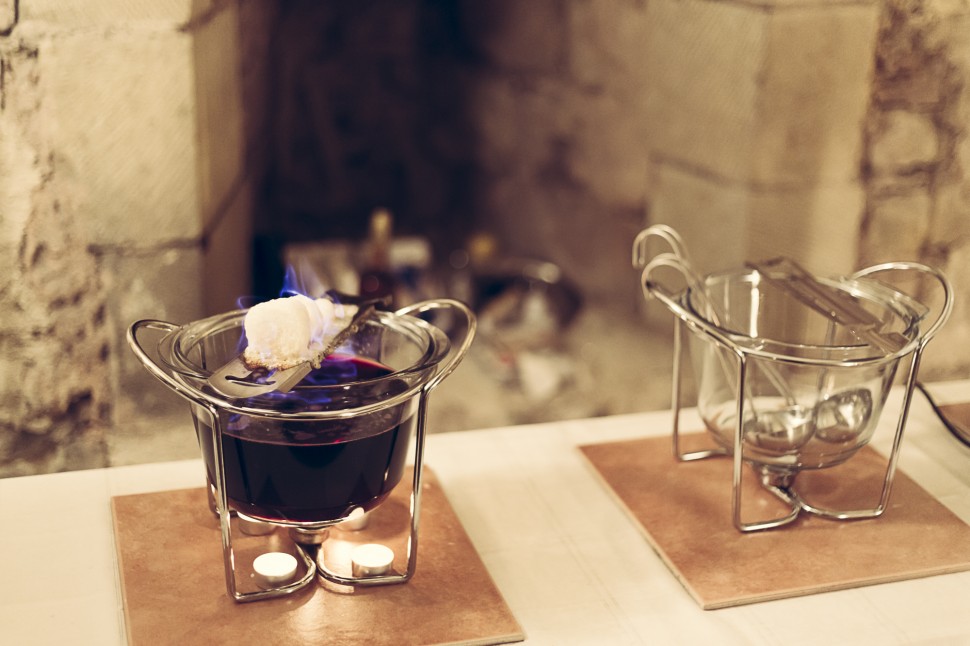
We stayed at the Mercure Hotel right next to the Porta Nigra. For all city hopping fans, a tip on the side. Trier is just a stone’s throw away from Luxembourg. A visit to the two cities could easily be combined.
Note: My trip to Trier was supported by Gastlandschaften Rheinland-Pfalz and Trier Tourismus – thank you very much for this. As always, my readers can be sure that I always represent my views and enthusiasm here.


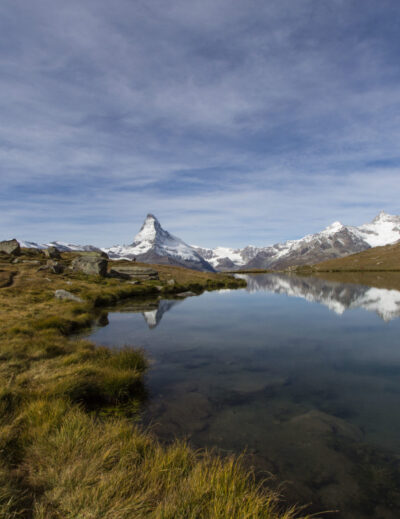

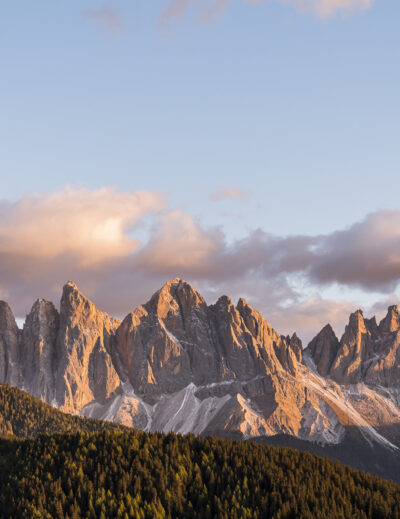
Leave a Reply